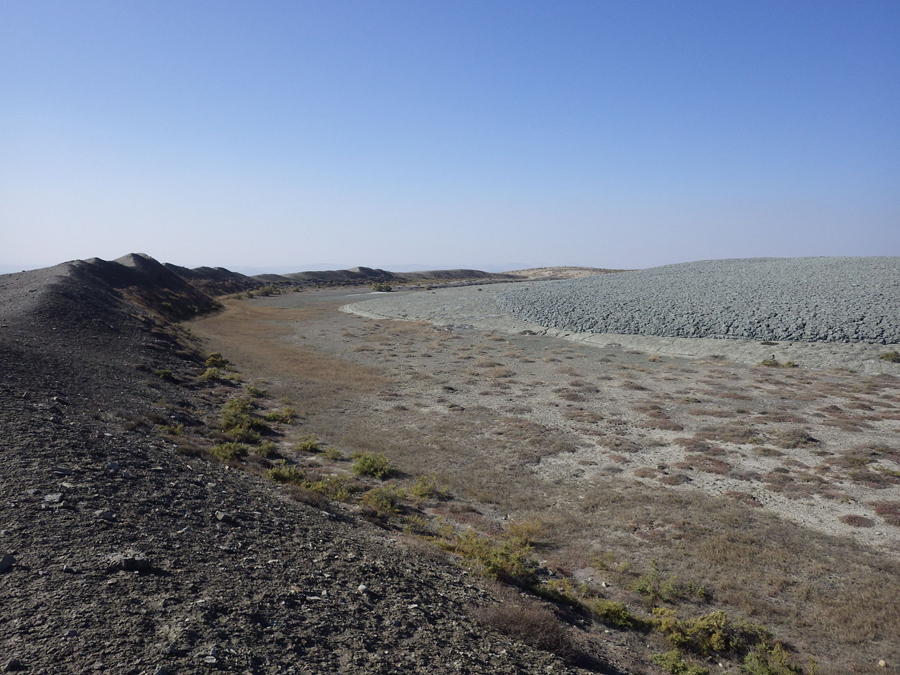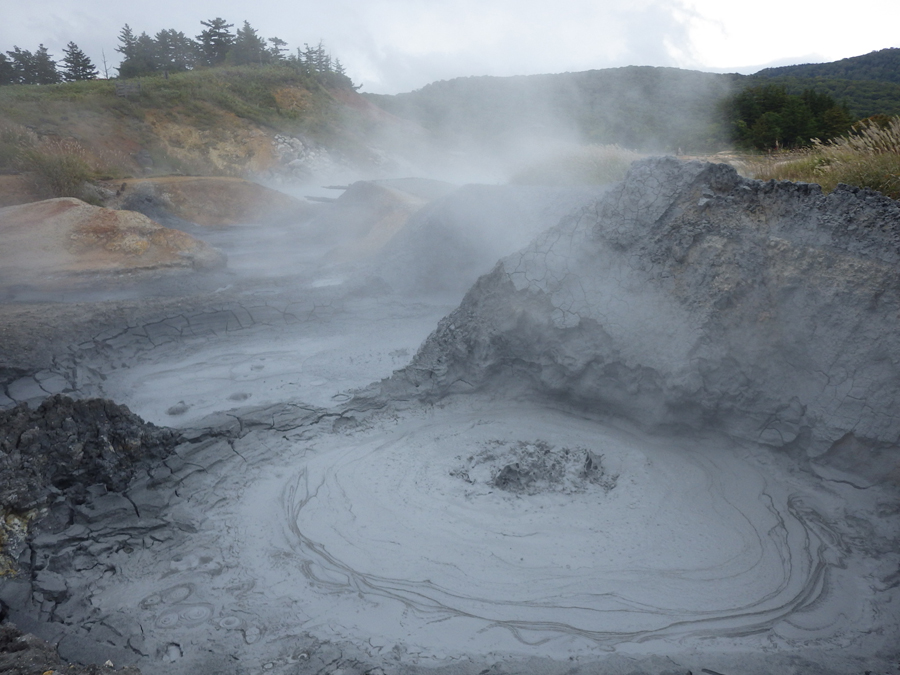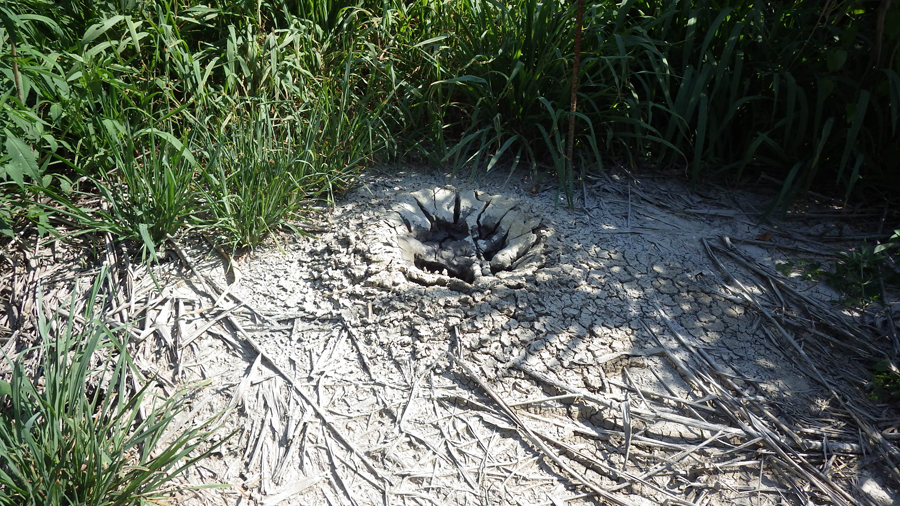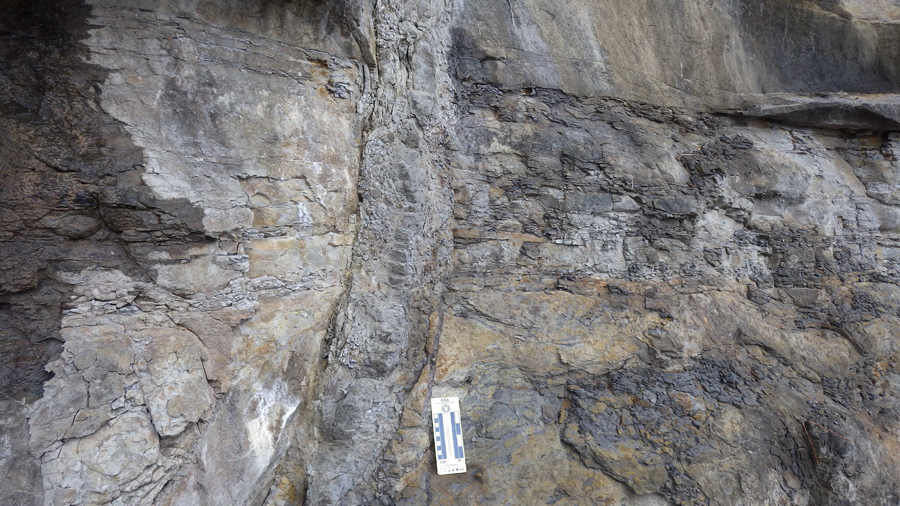Terrestrial analog studies of sedimentary volcanism: Application to Mars science and missions
- 1International Research School of Planetary Sciences, Università d'Annunzio, Viale Pindaro 42, 65127 Pescara, Italy (goro@irsps.unich.it)
- 2Planetary Exploration Research Center, Chiba Institute of Technology, 2-17-1 Tsudanuma, Narashino-shi, Chiba 275-0016, Japan
Introduction: Sedimentary volcanism if ever operated on Mars would be a potentially interesting target for investigation by future landing missions for understanding volatile and sediment migration in the crust and the potential for astrobiology [e.g., 1, 2, 3, 4]. In order to support the argument for conducting such missions, deeper understating of the mud volcanism and their biological environment in terrestrial analogs are desired. Here, we report about our research activities on various mud volcanism types (e.g., large and small scales, low and high temperatures, active and fossil) from terrestrial analog sites (one site in Azerbaijan and three sites in Japan). The investigations are conducted in extensive collaborations with a number of other research groups.
Ongoing studies at terrestrial analog sites: We list here terrestrial analog sites where we have been studying to provide insights on geological (physical and chemical) processes and astrobiological implications of sedimentary volcanism that may have operated on Mars.
Azerbaijan: This country along the Caspian Sea hosts some of the best and largest examples of mud volcanoes on Earth [5, 6]. There is a great variety of MV morphologies observed in the area (Fig. 1) and these MVs have been utilized as terrestrial analogs for identifying possible SVs on Mars [e.g., 7]. However, the genetic factors controlling the formation of MVs have not been well understood and the approach in physical volcanology would be useful for revealing their formation mechanisms. A systematic morphological/morphometric survey of MVs in the world including those in Azerbaijan has been considered [8].

Fig. 1. Summit crater of Bozdag-Guzdek, an approx. 3-km wide mud volcano in Azerbaijan [7]. The grey-color material on the right represents the front of a mud flow erupted recently.
The Goshogake mud volcano field: This MV field in northern Japan is characterized by high-temperature (33–98 °C), acidic (pH 2.44–2.94) fluids with the influence of nearby magmatic volcanism (Fig. 2) [9, 10]. The presence of high-temperature silica polymorphs and/or microcrystalline opals, and an amorphous form of silica in the mineralogy indicates that the mud volcano system likely involves conditions and processes such as high temperature, hydrothermal circulation, dehydration reaction at certain depths underneath the Goshogake mud volcano field. The emitted gas phase includes CO2 and hydrocarbons such as methane, and it is considered that at least part of the erupted mud has a sedimentary origin. Beside characterization of the geological properties of the field, we are in the process of evaluating possible biomarkers within the mud fluids [11].

Fig. 2. Mud pots spewing hot and acidic fluids together with carbon dioxide and methane gasses in the Goshogake mud volcano field, northern Japan [9, 10].
Mud volcano vents in Tokamachi: There are MV vents distributed in the area of Tokamachi, central Japan. There are four vent sites of particular interest that are emitting methane gas at high concentration levels (Fig. 3). The total methane emission was estimated to be least 20 ton/year, of which more than half was from invisible seepage surrounding the MV vents [12]. The mud is derived from a deep subsurface deposit of marine sedimentary origin. Our microbiological investigation of the MV fluids recently characterized a methane-related ecology associated with these on-land MV vents in a sedimentary setting, which can be applicable to Mars analogs [13].

Fig. 3. This vent in Tokamachi, central Japan is emitting mud and methane gas [12, 13].
Fossilized MVs in Wakayama: There are field sites along the coasts of Kii Peninsula, western Japan (Wakayama Prefecture), where ancient mud volcanism is preserved and exposed in sedimentary sequences [14]. Here, coarse-grained shallow marine sediment sequences of the Miocene upper Tanabe Group and Kumano Group are intruded into by the underlying fine-grained sediment. The intruding mudstone deposits exhibit diverse types of stratigraphic features: mud dikes intruding into overlying layers (Fig. 4), diapirs in contact with surrounding strata. Fine-grained sedimentary materials have the potential to preserve biosignatures [15]. Thus, our ongoing investigations include search for biomarkers in the preserved mud dykes or diapirs [11], which is likely to shed light on the similar study for future landing missions in purported mud volcanoes that are now extinct.

Fig. 4. A mud dike intruding into the overlying layers. Wakayama, western Japan [14].
References: [1] Komatsu G. et al. (2014) LPSC 45th, Abstract #1085. [2] Oehler D. Z. and Allen C. A. (2012) SEPM Sp. Pub., 102, 183–194. [3] Dohm J. M. et al. (2011) In: Analogs for Planetary Exploration, GSA-SP 483, p. 317–347. [4] Wilhelm M. B. (2019) AGU, Abstract #P41C-3447. [5] Aliyev Ad. A. et al. (2009) Catalogue of mud volcanoes eruptions of Azerbaijan (1810-2007), Nafta-Press, 106 p. [6] Guliyev I. S. and Feizullayev A. A. (1997) All about mud volcanoes, Nafta Press, 52 p. [7] Komatsu G. et al. (2016) Icarus, 268, 56-75. [8] Oppo D. et al. (2020) LPSC 51th, Abstract #1041. [9] Komatsu G. et al. (2019) Geomorphology, 329, 32-45. [10] Komatsu G. (2019) Science Trends, https://sciencetrends.com/where-mud-meets-magma/. [11] Ishimaru R. et al., in preparation. [12] Etiope G. et al. (2011) Appl. Geochem., 26(3), 348-59. [13] Miyake N. et al., in submission. [14] Komatsu G. et al. (2019) LPSC 50th, Abstract #1149. [15] Komatsu G. and Ori G. G. (2000) PSS, 48/11, 1043–1052.
How to cite: Komatsu, G., Ishimaru, R., Miyake, N., and Matsui, T.: Terrestrial analog studies of sedimentary volcanism: Application to Mars science and missions, Europlanet Science Congress 2022, Granada, Spain, 18–23 Sep 2022, EPSC2022-468, https://doi.org/10.5194/epsc2022-468, 2022.

